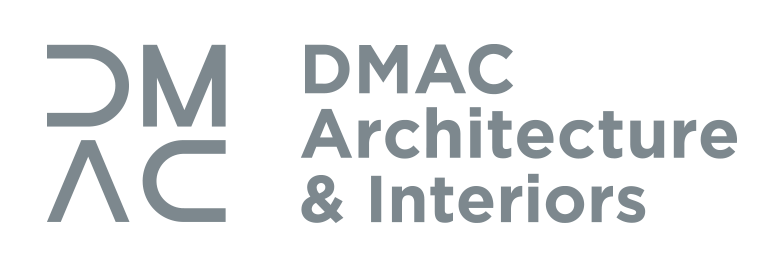CLUBS + HOTELS
Midtown Athletic Club
Chicago, IL

















Located off Chicago’s Elston industrial corridor, the 250,000 sf expansion of Midtown Athletic Club and Hotel transforms what was the largest indoor tennis club in the country to the largest lifestyle center in the country. The club had its “glory days” in the 1970’s and 1980’s, frequented by revered professionals like Andre Agassi and John McEnroe, and fitness was purely an amenity to the tennis. Now, the game-changing hybrid Club and Hotel create a destination for the ultimate experience in fitness, entertainment, relaxation and more.
The Club spans 3 levels and features multiple programs – from boutique studios such as Yoga, group fitness, multimedia Spinning, Boxing and The Field with rooftop workout areas – to custom amenities such as a signature Restaurant, an extensive Spa including a large hydrotherapy pool, and a full-service Salon. Moreover, the Mind & Body suite for restorative health begins at a relaxation lounge connecting the Yoga and Pilates studios. The lighting, in particular, evokes a mystical atmosphere. The Spa and Salon services are also thoughtfully co-mingled, considering private and semi-private spaces interplaying with custom screens, displays, acoustic panelling, furnishings and finishes of warm wood and mixes of soft stone, all maintaining a contemporary and cohesive feel.
Where fitness is an amenity to the typical hotel, the Hotel at Midtown flips that upside down and serves as an amenity to the high-end Club. The 55-room Hotel towers over the Club in a glass volume and provides active travelers an exclusive fitness experience and brings a high-end lifestyle center to boutique hospitality.
A grand staircase from the lobby leads guests to the hub of the Midtown community, arriving at a large open “landing pit” with comfortable seating, contemporary built-in fireplace and access to all aspects of the Club and Hotel. Soaring above the staircase is a 40 ft metal trellis designed with copper and wood salvaged from the historic tennis club prior to demolition and repurposed as infill jewel pieces. The trellis celebrates the Club’s past and future.
Sustainability was also embraced in imaginative ways throughout Midtown. Nearly all of the wood boards used for concrete construction that normally end in a landfill were repurposed as finish material. The boards not only etch a natural texture in the concrete but the wood provides a rich warm finish and cohesion to the interiors. The team also recognized a beauty in granite end blocks, normally discarded due to deep ruts from the extraction process, and decided to honor them in a bold way, placing them in the lobby to form the front desk and its backdrop with dramatic effect.
Human interaction was the measure to design both the interiors and exteriors of the project. From the gradual height increases in section to the clear intuitive wayfinding, every detail is considered part of the human experience. Staying true to the project concept and requirements of multiple typologies, relentless attention was paid to the overall unification from master planning to the smallest detail. The result is a cohesive collection of memorable spaces and paths, creating a progressive center of modern life where health and wellness are intentional in every detail.
























































































